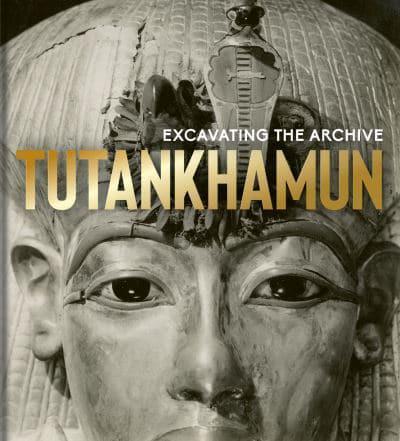- EAN13
- 9781851245857
- Éditeur
- BODLEIAN
- Date de publication
- 9 juin 2022
- Nombre de pages
- 144
- Dimensions
- 25,9 x 23,7 cm
- Poids
- 901 g
- Langue
- eng
Tutankhamun, Excavating The Archives
The Griffith Institu
BODLEIAN
Prix public : 45,00 €
In 1922, as Egypt became an independent nation, the tomb of the young king Tutankhamun was discovered at Luxor, the first known intact royal burial from ancient Egypt. The excavation of the small but crowded tomb by Howard Carter and his team generated enormous media interest and was famously photographed by Harry Burton. These photographs, along with letters, plans, drawings and diaries, are part of an archive created by the excavators and presented to the Griffith Institute, University of Oxford after Carter’s death. These historic images and records present a vivid and first-hand account of the discovery, of the spectacular variety of the king’s burial goods and of the remarkable work that went into documenting and conserving them. The archive enables a nuanced and inclusive view of the complexities of both the ancient burial and the excavation, including often overlooked Egyptian members of the archaeological team. This selection of fifty key items by the staff of the Griffith Institute provides an accessible and authoritative overview of the archive, drawing on new research on the collection and giving an intimate insight into the records of one of the world’s most famous archaeological discoveries. VISIT THE EXHIBITION Tutankhamun: Excavating the Archive The Bodleian Libraries Opens 14 April 2022 The Griffith Institute is part of the Faculty of Oriental Studies, University of Oxford, and is home to major Egyptological research projects and an international Egyptological archive. Richard Bruce Parkinson is Professor of Egyptology at the University of Oxford.


















